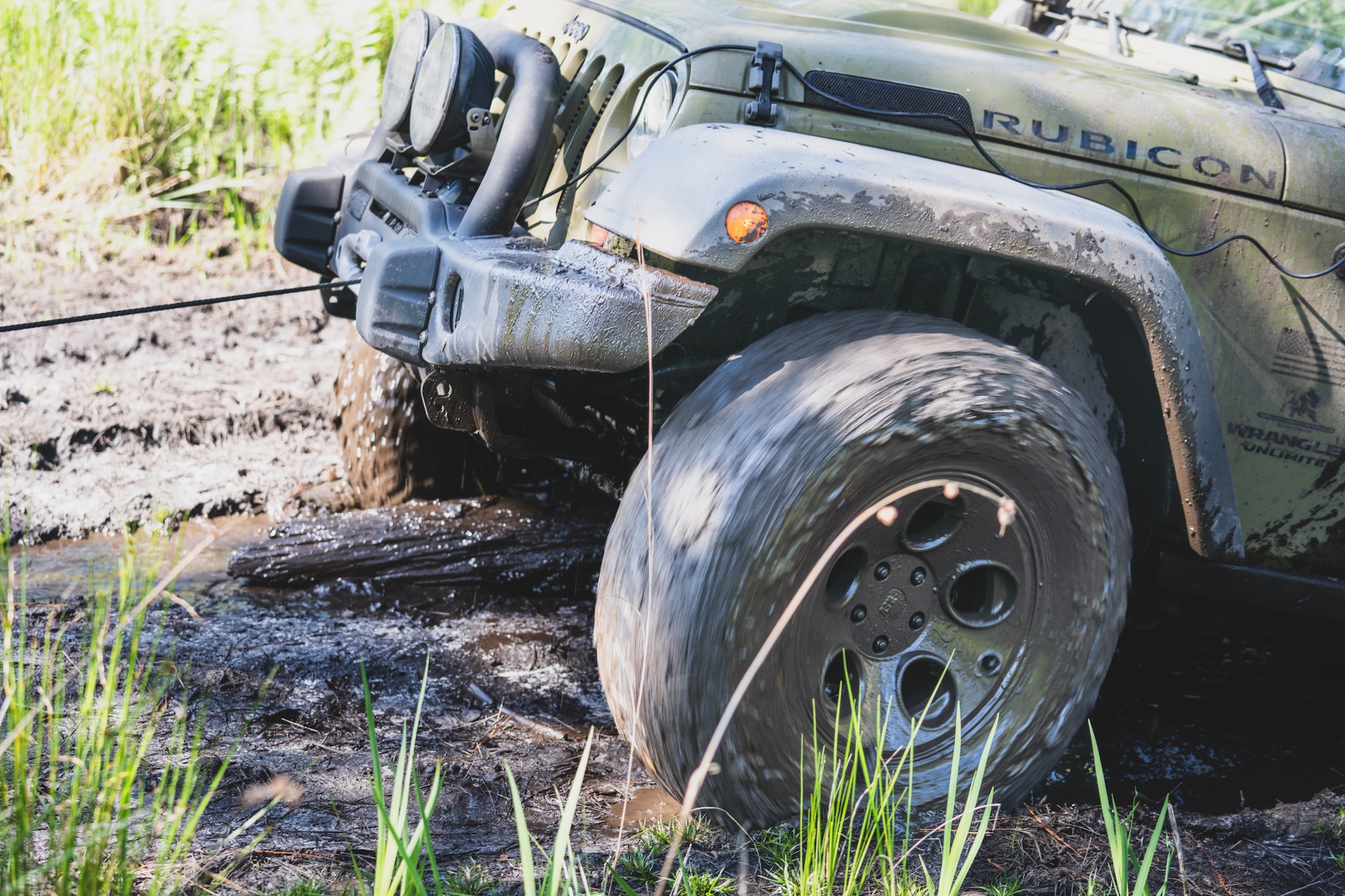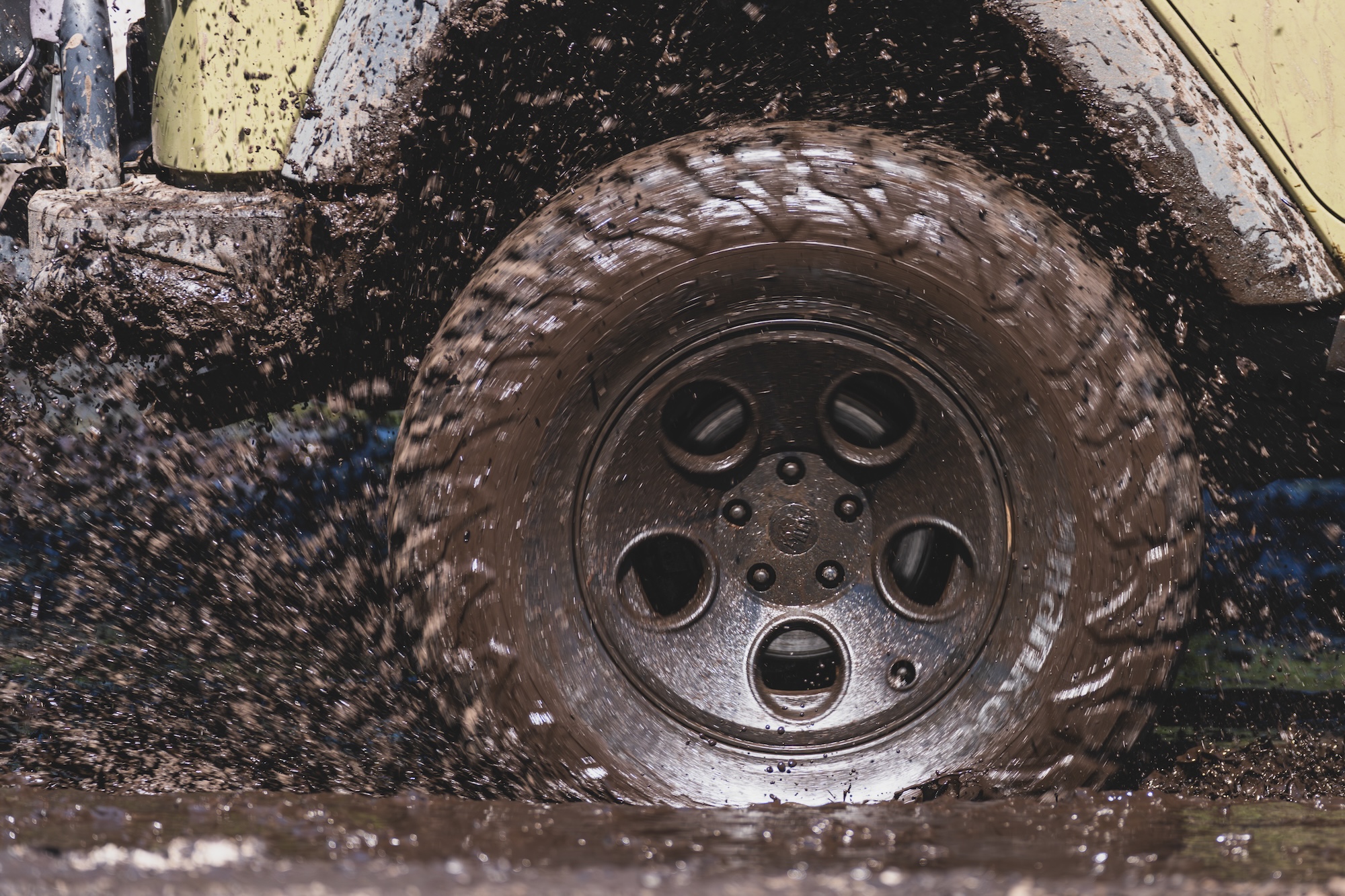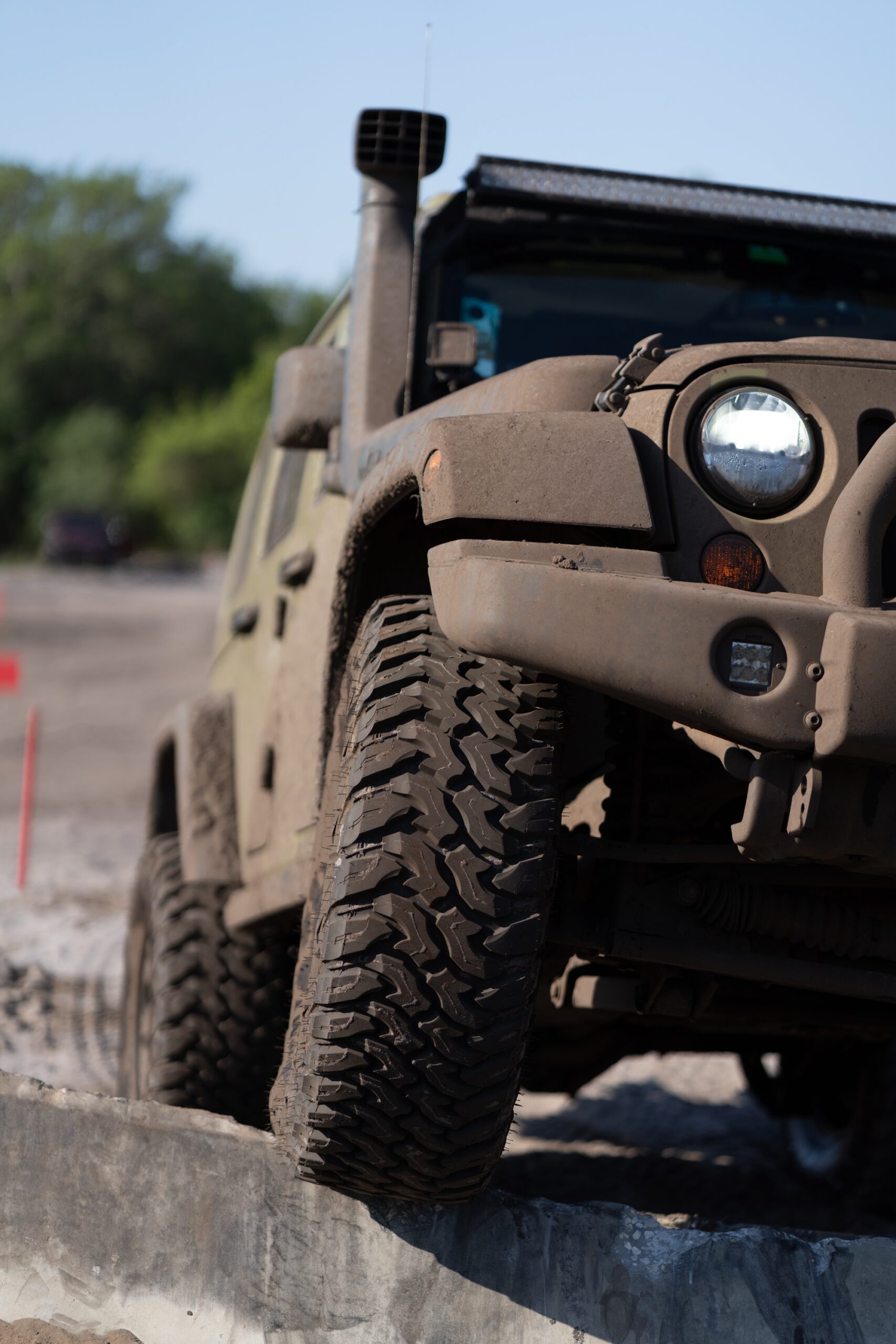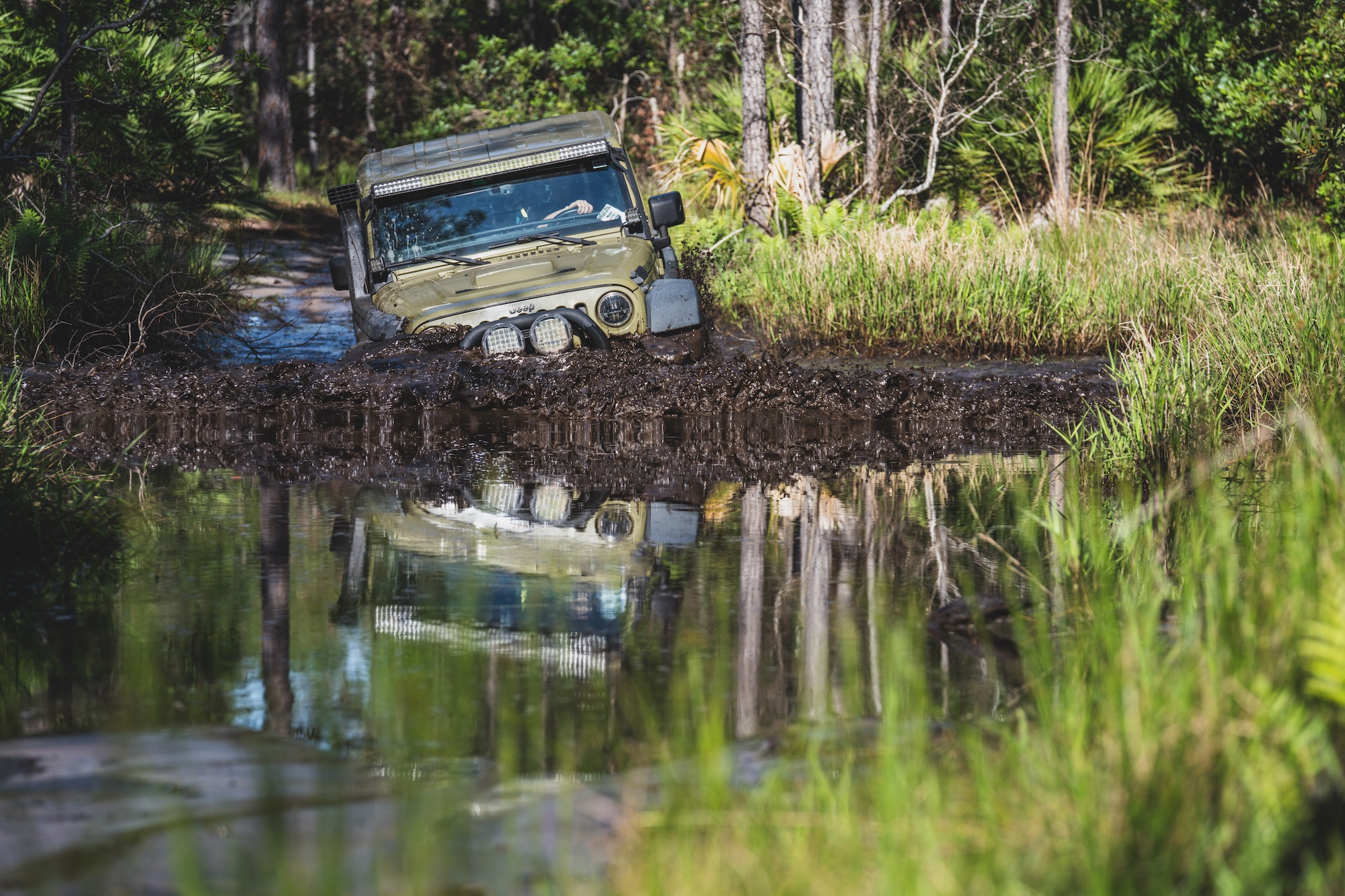Join us for our new educational series on Tires for Overlanding, where we review selecting various tires, driving and recovery, vehicle preparation, Tread Lightly, and more. For this first episode, we discuss the fundamentals of mud tires for overlanding, including construction, lug design, and basic driving techniques.
Presented by Hankook Dynapro Tire
How to Select a Mud Tire for Overlanding:
- A mild mud pattern will serve most travelers, as highway manners are still a consideration.
- Select a mud tire with siping on the tread face for improved wet rock and road traction.
- A chamfered lug profile will reduce mud retention and improve lug integrity
- Shoulder lugs will increase traction in ruts and also reduce sidewall punctures
- Look for mud and store ejectors between the side lugs
- Favor a taller, narrower tire for muddy conditions
- Mud tires also excel in most rocky conditions, due to the mechanical keying between the large lugs and irregularities in the rocks surface
- Use a Light Truck tire (LT) with a two or three ply sidewall and a load rating appropriate to your curb weight
- Due to the lug spacing, mud tires produce more road noise than a typical all-terrain, which can increase driver fatigue
- Mud tires will typically have longer stopping distances on the road, particularly in wet conditions
- Mud tires also reduce fuel economy (and ultimately range) due to increased rolling resistance and weight over an all-terrain
- Mud tires will have a shorter tread wear life than a typical all-terrain


Mud tires are least effective in sand for most vehicles (i.e. lower horsepower and higher weight) due to the reduces flotation and lug disruption of the nested silica.
 Mud tires are a great choice when wet tracks or extreme terrain is expected during your overland journey, but be mindful of the reduced fuel economy and longer stopping distances.
Mud tires are a great choice when wet tracks or extreme terrain is expected during your overland journey, but be mindful of the reduced fuel economy and longer stopping distances.


Mud tires can also excel in rocky conditions, due to the mechanical keying between those large lugs and the features on the rock face.


